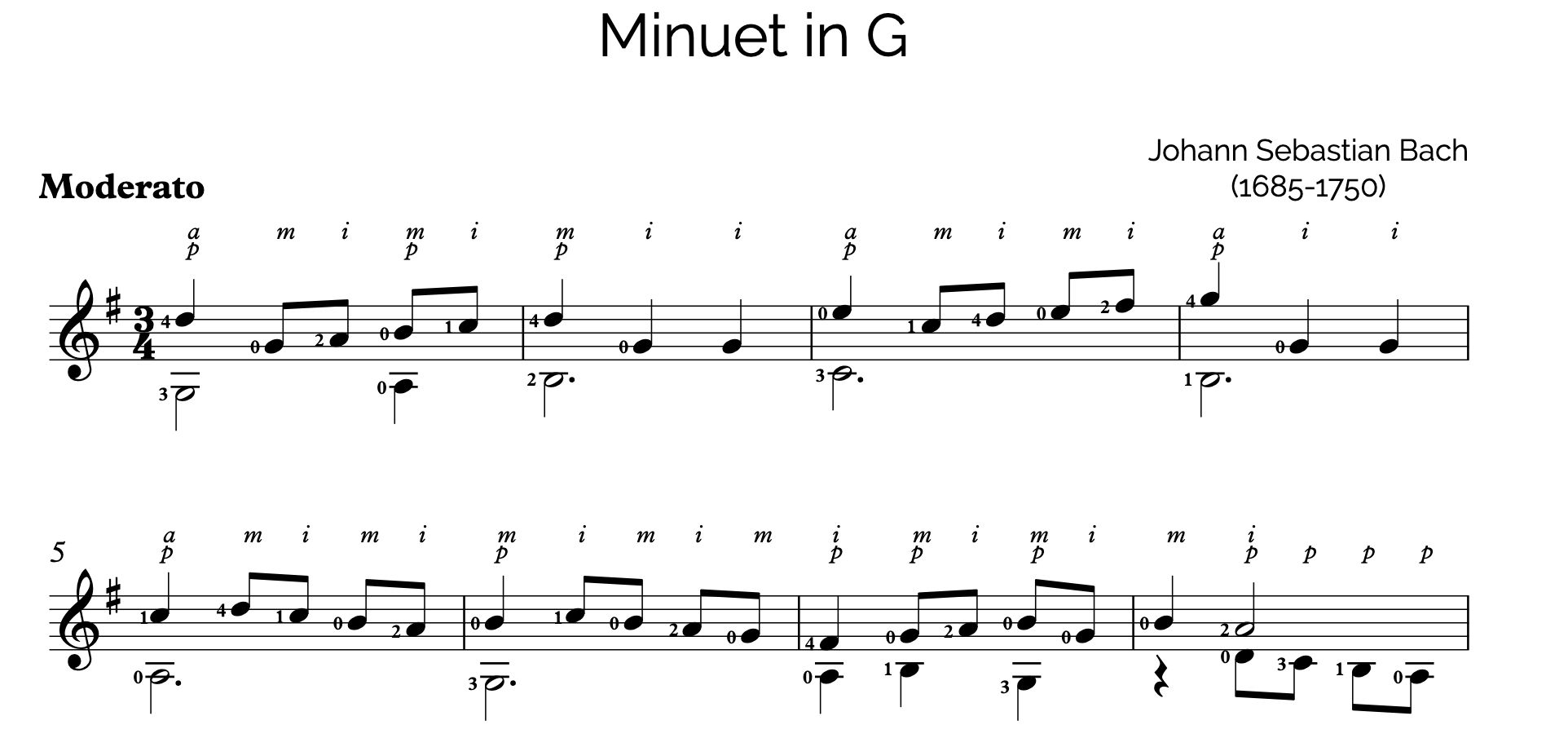
Reading the sheet music is a precious skill many guitarists try to avoid because their guitar idols often don’t read. Indeed very often blues, pop and rock musicians don’t read the sheet music because the music is improvised or worked out by ear. These skills are fundamental, but they shouldn’t always excuse us from not reading.
My experience
I come from blues and rock background, and I used to play in bands when I was younger, and I am sure I will play in bands again if the circumstances are right. I am now focusing on solo guitar material that gives me the ability to be a one-man-band. Fully self-sufficient and not dependent on the circumstances of four other band members.
The solo guitar material is more comfortable to learn by reading it off the sheet music rather than by ear, especially if you are learning something new. The great thing about modern sheet music publications is that it combines the standard notation with the tabulature. I use the standard notation for the music’s rhythm and anything that concerns music notes’ duration. The tabulature, on the other hand, tells me exactly where the notes are on the guitar fretboard so that I don’t have to try to struggle to find it in five different places on the guitar and get super confused.
So it seems that I have a perfect system and everything is alright?
The answer is no! To read my music sheet, I have to crosscheck the standard notation with the tabulature constantly. Doing so works, but it’s very time-consuming. It occurred to me only some months ago that standard notation contains all the information I need to play the music.
The tabulature it’s slowing me down!
Another problem I have is that I managed to access more difficult guitar pieces beyond grade eight of the guitar. That means that the rhythm can be very complicated, and still, I need to use the tabs for finding the notes on the guitar, which are often higher up the fretboard.
The solution
I am working on simple stuff that doesn’t have any tabs below the standard notation. I have found some of my favourite classical pieces and classical guitar grade books that don’t include the tabs! The great thing about classical guitar books is that they usually have lots of music pieces I am not familiar with, which helps to get better at reading music from the standard notation. I plan to work my way up to grade eight in classical to ditch the tabulature for a more tricky repertoire.
I am also working on different fingerstyle guitar arrangements to cover up the tabulature to focus on sightreading.
The benefits of reading you haven’t thought about:
Reading music can land you a music job as a musician, whether this is a session job or standing in as a temporary band member. The truth is that the rockstar job positions in this world are already taken! We have Angus Young for AC/DC, Slash for Guns n’ Roses or Phil Collen of Def Leppard. For now, these guys aren’t going anywhere, so it’s unlikely you will be replacing them. On the other hand guitar players who can read music and transcribe it usually get hired.
Reading music sharpens your guitar fretboard knowledge. It helps you to find alternative places to play the same music passages.
Reading music can give you access to music that hasn’t been published in tabs! You can also easily access the music that wasn’t originally written for the guitar.
Standard notation contains far more information about the music than tabs; therefore, you will be more expressive as a musician.
The biggest of all is saving time!
